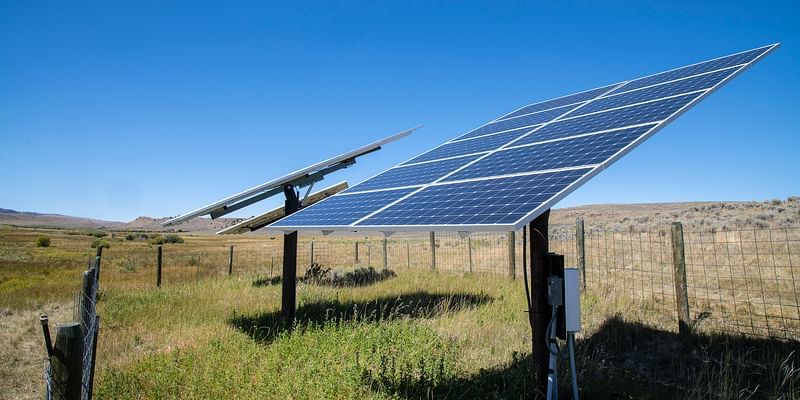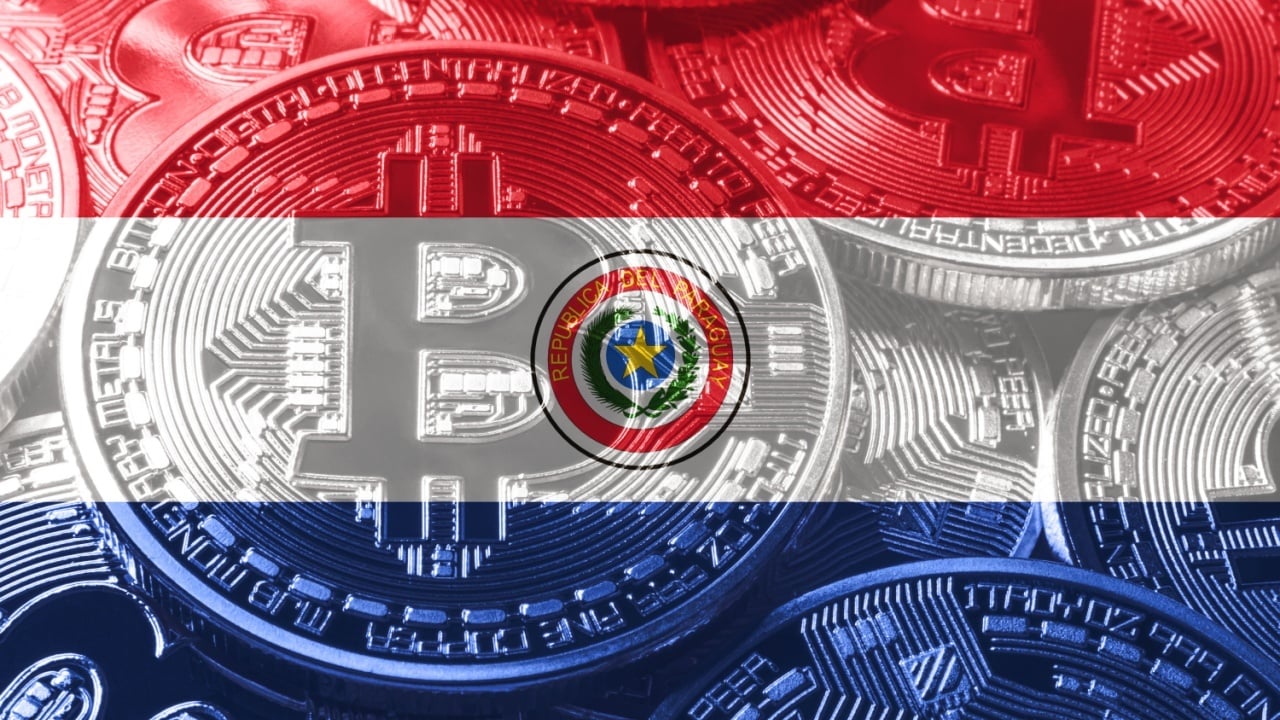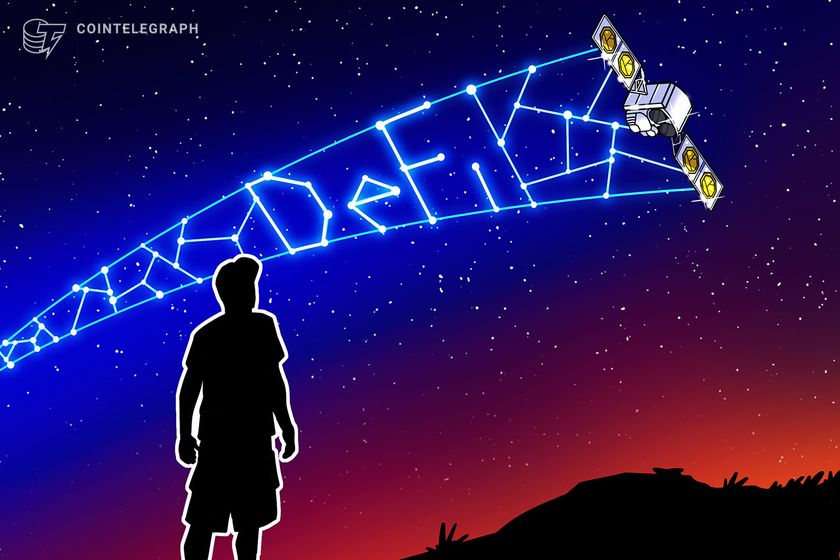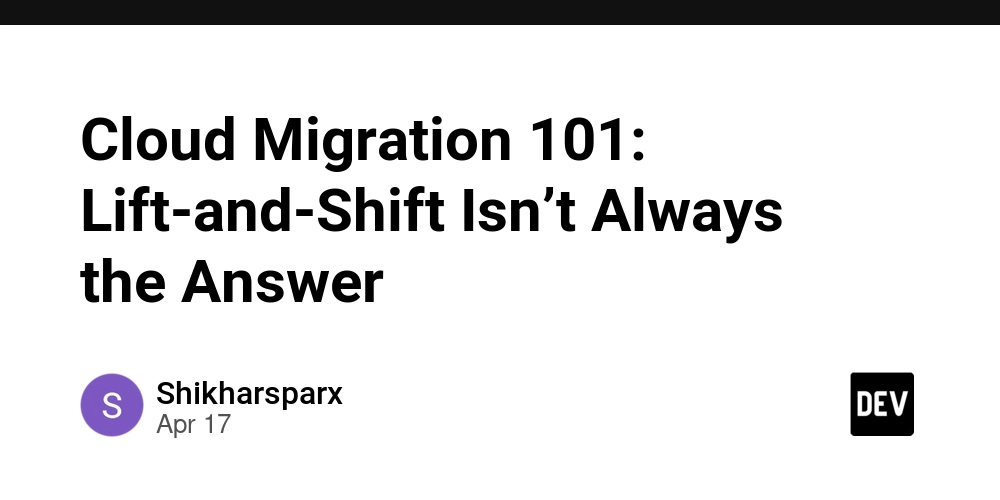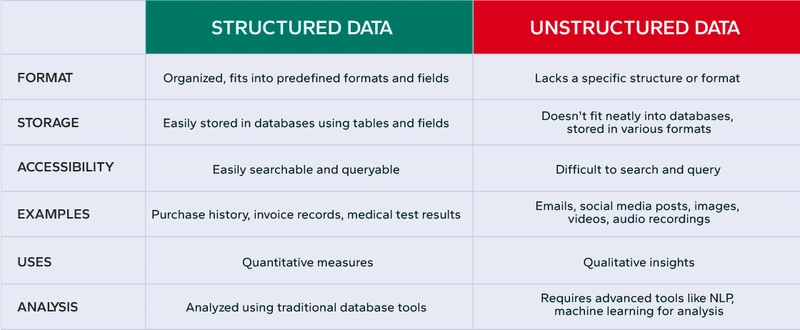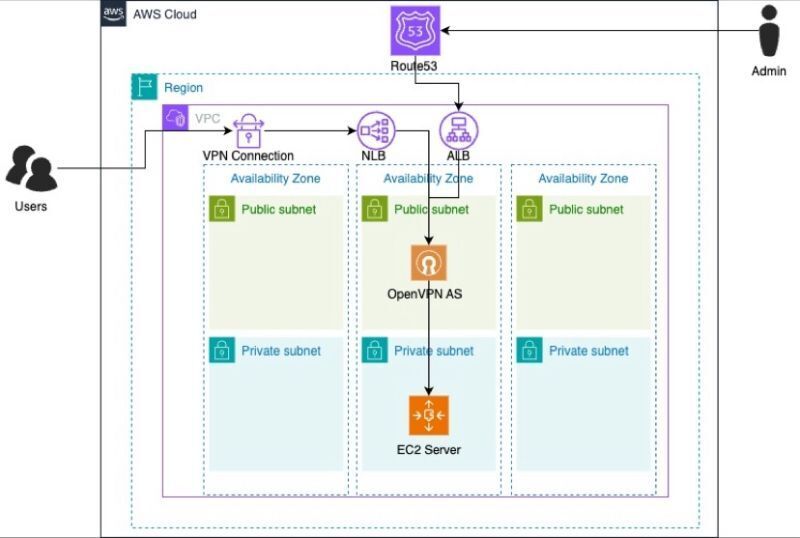Time Zones and Working with Locations in Go 4/10
Working with time zones is one of those programming challenges that seems simple on the surface but quickly becomes complex when you dig deeper. If you've ever tried to schedule a meeting across multiple countries or build an application that needs to display the correct local time to users worldwide, you understand the headaches involved. Go's time package provides a robust set of tools for handling these challenges. This article will explore how Go manages time zones, the various functions available for time zone manipulation, and practical approaches to common time-related problems. How Go Handles Time Zones Go's approach to time zones is both elegant and practical. At its core, Go stores all time values with two critical pieces of information: A point in time - represented as the number of nanoseconds since January 1, 1970 UTC (the Unix epoch) A location - which defines the time zone rules applicable to that time This design means that a time value in Go always knows its own time zone context. Let's look at a simple example: package main import ( "fmt" "time" ) func main() { // Create a time using the local time zone localTime := time.Now() fmt.Println("Local time:", localTime) // See what time zone is being used fmt.Println("Time zone:", localTime.Location()) // Extract the Unix timestamp (seconds since epoch) fmt.Println("Unix time:", localTime.Unix()) } When you run this code, you'll see that the time is displayed in your system's local time zone, and the Location() method shows you which time zone is being used. What's important to understand is that under the hood, Go is storing the absolute point in time (the Unix timestamp), and then applying time zone rules when it needs to display or manipulate that time. This approach ensures that time comparisons and calculations are accurate, regardless of where your code is running. The time.Time struct in Go is immutable, meaning once created, it cannot be changed. Instead, methods like In() return new time.Time values. This immutability helps prevent subtle bugs in time manipulation code. When working with time zones in Go, it's helpful to think about three distinct concepts: UTC (Coordinated Universal Time) - the standard reference time from which all other time zones are calculated Local time - whatever time zone the system running your code is configured to use Specific time zones - named locations like "America/New_York" or "Asia/Tokyo" Understanding these distinctions is crucial for effective time handling in your applications. Using UTC, Local, and Custom Time Zones When working with time in Go, you'll frequently need to convert between different time zones. The time package provides several methods to handle these conversions elegantly. Working with UTC UTC (Coordinated Universal Time) serves as the global standard reference time. It's particularly useful in distributed systems, logs, and databases where you need a consistent time reference regardless of where your code runs. To create a time in UTC or convert an existing time to UTC: package main import ( "fmt" "time" ) func main() { // Create a time directly in UTC utcTime := time.Now().UTC() fmt.Println("Current UTC time:", utcTime) // Create a local time then convert to UTC localTime := time.Now() convertedUTC := localTime.UTC() fmt.Println("Local time:", localTime) fmt.Println("Converted to UTC:", convertedUTC) // Notice that the time values differ but they represent the same moment fmt.Println("Same instant?", localTime.Equal(convertedUTC)) } The Equal() method compares if two times represent the same instant, regardless of their time zones. This is more reliable than comparing times directly using == when they might be in different time zones. Working with Local Time The local time zone is determined by your system's configuration. It's convenient for user interfaces where you want to display times in the user's local zone: package main import ( "fmt" "time" ) func main() { // Create a time in UTC utcTime := time.Now().UTC() fmt.Println("UTC time:", utcTime) // Convert to local time zone localTime := utcTime.Local() fmt.Println("Local time:", localTime) // Get the zone name and offset name, offset := localTime.Zone() fmt.Printf("Local zone: %s (UTC%+d seconds)\n", name, offset) } The Zone() method returns the time zone name and offset in seconds east of UTC. A positive offset means ahead of UTC, while a negative offset means behind UTC. Converting Between Time Zones with In() To convert a time to a specific time zone, use the In() method with a *time.Location: package main import ( "fmt" "time" ) func main() { // Start with current time now := time.Now() // Get New York location nyLoc, err := time.LoadLocation("America/New
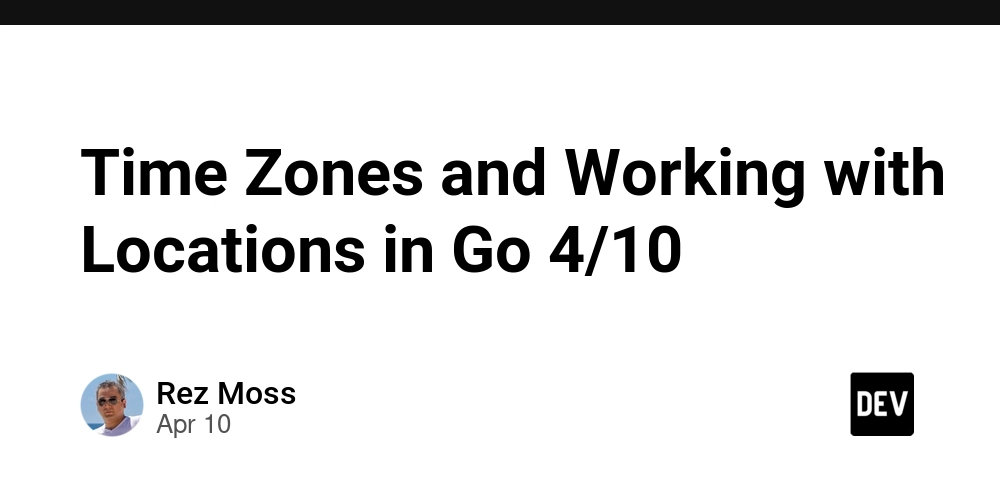
Working with time zones is one of those programming challenges that seems simple on the surface but quickly becomes complex when you dig deeper. If you've ever tried to schedule a meeting across multiple countries or build an application that needs to display the correct local time to users worldwide, you understand the headaches involved.
Go's time package provides a robust set of tools for handling these challenges. This article will explore how Go manages time zones, the various functions available for time zone manipulation, and practical approaches to common time-related problems.
How Go Handles Time Zones
Go's approach to time zones is both elegant and practical. At its core, Go stores all time values with two critical pieces of information:
- A point in time - represented as the number of nanoseconds since January 1, 1970 UTC (the Unix epoch)
- A location - which defines the time zone rules applicable to that time
This design means that a time value in Go always knows its own time zone context. Let's look at a simple example:
package main
import (
"fmt"
"time"
)
func main() {
// Create a time using the local time zone
localTime := time.Now()
fmt.Println("Local time:", localTime)
// See what time zone is being used
fmt.Println("Time zone:", localTime.Location())
// Extract the Unix timestamp (seconds since epoch)
fmt.Println("Unix time:", localTime.Unix())
}
When you run this code, you'll see that the time is displayed in your system's local time zone, and the Location() method shows you which time zone is being used.
What's important to understand is that under the hood, Go is storing the absolute point in time (the Unix timestamp), and then applying time zone rules when it needs to display or manipulate that time. This approach ensures that time comparisons and calculations are accurate, regardless of where your code is running.
The time.Time struct in Go is immutable, meaning once created, it cannot be changed. Instead, methods like In() return new time.Time values. This immutability helps prevent subtle bugs in time manipulation code.
When working with time zones in Go, it's helpful to think about three distinct concepts:
- UTC (Coordinated Universal Time) - the standard reference time from which all other time zones are calculated
- Local time - whatever time zone the system running your code is configured to use
- Specific time zones - named locations like "America/New_York" or "Asia/Tokyo"
Understanding these distinctions is crucial for effective time handling in your applications.
Using UTC, Local, and Custom Time Zones
When working with time in Go, you'll frequently need to convert between different time zones. The time package provides several methods to handle these conversions elegantly.
Working with UTC
UTC (Coordinated Universal Time) serves as the global standard reference time. It's particularly useful in distributed systems, logs, and databases where you need a consistent time reference regardless of where your code runs.
To create a time in UTC or convert an existing time to UTC:
package main
import (
"fmt"
"time"
)
func main() {
// Create a time directly in UTC
utcTime := time.Now().UTC()
fmt.Println("Current UTC time:", utcTime)
// Create a local time then convert to UTC
localTime := time.Now()
convertedUTC := localTime.UTC()
fmt.Println("Local time:", localTime)
fmt.Println("Converted to UTC:", convertedUTC)
// Notice that the time values differ but they represent the same moment
fmt.Println("Same instant?", localTime.Equal(convertedUTC))
}
The Equal() method compares if two times represent the same instant, regardless of their time zones. This is more reliable than comparing times directly using == when they might be in different time zones.
Working with Local Time
The local time zone is determined by your system's configuration. It's convenient for user interfaces where you want to display times in the user's local zone:
package main
import (
"fmt"
"time"
)
func main() {
// Create a time in UTC
utcTime := time.Now().UTC()
fmt.Println("UTC time:", utcTime)
// Convert to local time zone
localTime := utcTime.Local()
fmt.Println("Local time:", localTime)
// Get the zone name and offset
name, offset := localTime.Zone()
fmt.Printf("Local zone: %s (UTC%+d seconds)\n", name, offset)
}
The Zone() method returns the time zone name and offset in seconds east of UTC. A positive offset means ahead of UTC, while a negative offset means behind UTC.
Converting Between Time Zones with In()
To convert a time to a specific time zone, use the In() method with a *time.Location:
package main
import (
"fmt"
"time"
)
func main() {
// Start with current time
now := time.Now()
// Get New York location
nyLoc, err := time.LoadLocation("America/New_York")
if err != nil {
fmt.Println("Error loading location:", err)
return
}
// Convert time to New York time zone
nyTime := now.In(nyLoc)
fmt.Println("New York time:", nyTime)
// Get Tokyo location
tokyoLoc, err := time.LoadLocation("Asia/Tokyo")
if err != nil {
fmt.Println("Error loading location:", err)
return
}
// Convert to Tokyo time zone
tokyoTime := now.In(tokyoLoc)
fmt.Println("Tokyo time:", tokyoTime)
// These times all represent the same instant
fmt.Println("Same instant?", now.Equal(nyTime) && now.Equal(tokyoTime))
}
Remember that In() doesn't modify the original time value; it returns a new time value representing the same instant but in the specified time zone.
One common mistake is comparing times in different time zones using the == operator:
// This may not be what you expect if the time zones differ!
if time1 == time2 {
// ...
}
// Instead, use Equal() which compares the actual instants
if time1.Equal(time2) {
// ...
}
By using these methods appropriately, you can ensure your application handles time consistently across different time zones, avoiding the subtle bugs that often plague time-related code.
Loading Specific Time Zones Dynamically
Go provides robust mechanisms for working with named time zones through the LoadLocation() and FixedZone() functions. Understanding how these functions work is essential for handling diverse geographical locations in your applications.
Using LoadLocation() for Named Time Zones
The LoadLocation() function allows you to load a specific time zone by its standard name from the IANA Time Zone Database (tzdata). These names typically follow the "Area/City" format, such as "America/New_York" or "Europe/London":
package main
import (
"fmt"
"time"
)
func main() {
// Load a specific time zone
loc, err := time.LoadLocation("Europe/Paris")
if err != nil {
fmt.Println("Error loading location:", err)
return
}
// Get current time in that location
parisTime := time.Now().In(loc)
fmt.Println("Current time in Paris:", parisTime.Format(time.RFC3339))
// Create a specific time in that location
parisSpecificTime := time.Date(2023, time.December, 31, 23, 59, 59, 0, loc)
fmt.Println("New Year's Eve in Paris:", parisSpecificTime.Format(time.RFC3339))
}
What makes LoadLocation() powerful is that it loads the complete time zone rules, including historical changes and daylight saving time transitions. This means your application can correctly handle dates in the past and future for that location.
Error Handling with LoadLocation()
One important detail to note is that LoadLocation() relies on the IANA time zone database being present on the system. On some platforms (particularly Windows), this database might not be available by default. In production systems, it's crucial to handle these errors gracefully:
func getLocation(name string) *time.Location {
loc, err := time.LoadLocation(name)
if err != nil {
fmt.Printf("Warning: Unable to load time zone %s: %v\n", name, err)
fmt.Println("Falling back to UTC")
return time.UTC
}
return loc
}
Creating Fixed Time Zones with FixedZone()
Sometimes you may need to work with a time zone that has a fixed offset from UTC without the complexity of daylight saving time rules. The FixedZone() function creates a Location with a constant offset:
package main
import (
"fmt"
"time"
)
func main() {
// Create a fixed zone with a name and an offset in seconds
// For example, UTC+5:30 (India) is +5.5 hours = +19800 seconds
indiaZone := time.FixedZone("IST", 5*60*60+30*60) // +5h30m in seconds
// Use the fixed zone
now := time.Now().UTC()
indiaTime := now.In(indiaZone)
fmt.Println("UTC time:", now.Format(time.RFC3339))
fmt.Println("India time (fixed zone):", indiaTime.Format(time.RFC3339))
// Get the time zone name and offset
name, offset := indiaTime.Zone()
fmt.Printf("Zone: %s (UTC%+d seconds)\n", name, offset)
}
FixedZone() is particularly useful when dealing with legacy systems or protocols that specify time zones as fixed offsets rather than geographical locations. However, it's important to remember that fixed zones don't account for daylight saving time changes, so they should be used with caution.
Bundling Time Zone Data with Your Application
For applications that need to run in diverse environments where the availability of time zone data cannot be guaranteed, Go allows you to embed the necessary time zone data directly into your binary using the //go:embed directive (available since Go 1.16) or third-party solutions like go.rice or packr.
By loading time zones dynamically when needed and properly handling errors, you can create applications that work correctly across different geographical locations and deployment environments.
Handling Daylight Saving Time and Time Zone Offsets
Daylight Saving Time (DST) adds a layer of complexity to time handling in applications. Go's time package manages these complexities behind the scenes, but understanding how it works is essential for avoiding subtle bugs in your code.
The Challenge of Daylight Saving Time
DST causes the offset from UTC to change at specific points in the year. This creates several interesting edge cases:
- Some local times don't exist (when clocks "spring forward")
- Some local times occur twice (when clocks "fall back")
- The difference between two dates might not be what you expect if a DST transition occurs between them
Let's explore how Go handles these scenarios:
package main
import (
"fmt"
"time"
)
func main() {
// Load a location that uses DST
loc, err := time.LoadLocation("America/New_York")
if err != nil {
fmt.Println("Error loading location:", err)
return
}
// Create a time just before a DST transition (March 14, 2021, 1:59am)
beforeSpring := time.Date(2021, time.March, 14, 1, 59, 0, 0, loc)
// Add 2 minutes - this should "jump" to 3:01am due to DST starting
afterSpring := beforeSpring.Add(2 * time.Minute)
fmt.Println("Before DST spring forward:", beforeSpring.Format("2006-01-02 15:04:05 MST"))
fmt.Println("After DST spring forward:", afterSpring.Format("2006-01-02 15:04:05 MST"))
// Fall back example (November 7, 2021, 1:59am)
beforeFall := time.Date(2021, time.November, 7, 1, 59, 0, 0, loc)
afterFall := beforeFall.Add(2 * time.Minute)
fmt.Println("\nBefore DST fall back:", beforeFall.Format("2006-01-02 15:04:05 MST"))
fmt.Println("After DST fall back:", afterFall.Format("2006-01-02 15:04:05 MST"))
// Check the actual zone names and offsets
name1, offset1 := beforeSpring.Zone()
name2, offset2 := afterSpring.Zone()
fmt.Printf("\nBefore spring: %s (UTC%+d)\n", name1, offset1/3600)
fmt.Printf("After spring: %s (UTC%+d)\n", name2, offset2/3600)
}
In this example, we can see how Go handles the DST transitions correctly. When we add two minutes to a time just before the "spring forward" event, Go adjusts the resulting time to account for the hour that gets skipped.
Handling Ambiguous Times
When clocks "fall back" in autumn, certain local times occur twice. Go resolves this ambiguity by favoring the later interpretation (after the DST transition):
package main
import (
"fmt"
"time"
)
func main() {
// Load a location that uses DST
loc, err := time.LoadLocation("America/New_York")
if err != nil {
fmt.Println("Error loading location:", err)
return
}
// Create an ambiguous time (1:30am on fall back day)
// This time occurs twice - once in EDT and once in EST
ambiguousTime := time.Date(2021, time.November, 7, 1, 30, 0, 0, loc)
// Check which interpretation Go chooses
name, offset := ambiguousTime.Zone()
fmt.Printf("Ambiguous time interpreted as: %s (UTC%+d)\n", name, offset/3600)
fmt.Println("Full time:", ambiguousTime.Format("2006-01-02 15:04:05 MST"))
}
Calculating Time Zone Offsets
To determine the offset between two time zones, you can use the Sub() method to find the difference between times in different locations:
package main
import (
"fmt"
"time"
)
func main() {
// Get current time
now := time.Now().UTC()
// Load two locations
ny, _ := time.LoadLocation("America/New_York")
tokyo, _ := time.LoadLocation("Asia/Tokyo")
// Convert the same instant to both time zones
nyTime := now.In(ny)
tokyoTime := now.In(tokyo)
// Extract the zone names and offsets
nyName, nyOffset := nyTime.Zone()
tokyoName, tokyoOffset := tokyoTime.Zone()
// Calculate difference between time zones in hours
hourDiff := (tokyoOffset - nyOffset) / 3600
fmt.Printf("New York (%s): %s\n", nyName, nyTime.Format(time.RFC3339))
fmt.Printf("Tokyo (%s): %s\n", tokyoName, tokyoTime.Format(time.RFC3339))
fmt.Printf("Tokyo is UTC%+d, New York is UTC%+d\n", tokyoOffset/3600, nyOffset/3600)
fmt.Printf("Tokyo is %d hours ahead of New York\n", hourDiff)
}
Best Practices for Handling DST
To work effectively with DST transitions:
- Store times in UTC internally whenever possible, converting to local time only for display
- Use
time.Equal()to compare times rather than== - Be cautious when scheduling events near known DST transition times
- Test your time-sensitive code with dates that fall on DST transitions
- When parsing user input dates/times, consider how to handle ambiguous or non-existent local times
By understanding these concepts, you can build applications that handle time zones and DST transitions correctly, providing a seamless experience for users around the world.
Converting Times Across Different Locations
Converting times between different locations is a common requirement in many applications, especially those with a global user base. Go provides several approaches to handle these conversions efficiently and accurately.
Converting a Single Time to Multiple Time Zones
When you need to display the same moment in multiple time zones (such as for a global meeting schedule), you can use the In() method to convert a time to different locations:
package main
import (
"fmt"
"time"
)
func main() {
// Define a specific time (in UTC)
meetingTime := time.Date(2023, time.April, 15, 14, 30, 0, 0, time.UTC)
fmt.Println("Meeting time (UTC):", meetingTime.Format("2006-01-02 15:04:05 MST"))
// Define the locations we want to convert to
locations := []string{
"America/New_York",
"Europe/London",
"Asia/Tokyo",
"Australia/Sydney",
}
fmt.Println("\nMeeting time in different locations:")
for _, locName := range locations {
loc, err := time.LoadLocation(locName)
if err != nil {
fmt.Printf("Error loading location %s: %v\n", locName, err)
continue
}
localTime := meetingTime.In(loc)
fmt.Printf("%-20s %s\n", locName+":", localTime.Format("2006-01-02 15:04:05 MST"))
}
}
This code takes a single UTC time and displays it in multiple time zones, which is useful for showing users when an event occurs in their local time.
Building a Time Zone Converter Function
For applications that frequently need to convert between time zones, you can create a reusable function:
package main
import (
"fmt"
"time"
)
// ConvertTimeZone converts a time from one location to another
func ConvertTimeZone(t time.Time, fromLoc, toLoc *time.Location) (time.Time, error) {
// First, ensure the time is correctly interpreted in the source time zone
sourceTime := t.In(fromLoc)
// Then convert to the target time zone
targetTime := sourceTime.In(toLoc)
return targetTime, nil
}
func main() {
// Load source and target locations
nyLoc, err := time.LoadLocation("America/New_York")
if err != nil {
fmt.Println("Error loading NY location:", err)
return
}
tokyoLoc, err := time.LoadLocation("Asia/Tokyo")
if err != nil {
fmt.Println("Error loading Tokyo location:", err)
return
}
// Create a time in New York
nyTime := time.Date(2023, time.July, 4, 20, 0, 0, 0, nyLoc)
fmt.Println("Time in New York:", nyTime.Format("2006-01-02 15:04:05 MST"))
// Convert to Tokyo time
tokyoTime, err := ConvertTimeZone(nyTime, nyLoc, tokyoLoc)
if err != nil {
fmt.Println("Error converting time:", err)
return
}
fmt.Println("Same time in Tokyo:", tokyoTime.Format("2006-01-02 15:04:05 MST"))
// Verify that they represent the same instant
fmt.Println("Same instant?", nyTime.Equal(tokyoTime))
}
Working with Time Zone Databases in Production
In production environments, especially in containerized deployments, you might encounter issues with missing time zone data. Here's a robust approach to handle this:
package main
import (
"fmt"
"os"
"time"
)
// SafeLoadLocation attempts to load a location and falls back to UTC if it fails
func SafeLoadLocation(name string) *time.Location {
loc, err := time.LoadLocation(name)
if err != nil {
// Log the error
fmt.Fprintf(os.Stderr, "Warning: Failed to load time zone %s: %v\n", name, err)
fmt.Fprintf(os.Stderr, "Falling back to UTC. This may cause incorrect time calculations.\n")
// Fall back to UTC
return time.UTC
}
return loc
}
// FormatInTimeZone formats a time in the specified time zone
func FormatInTimeZone(t time.Time, locName, layout string) (string, error) {
loc := SafeLoadLocation(locName)
return t.In(loc).Format(layout), nil
}
func main() {
// Current time
now := time.Now()
// Format it in different time zones
timeZones := []string{
"America/Los_Angeles",
"Europe/Berlin",
"Asia/Kolkata",
"Australia/Melbourne",
"Pacific/Auckland",
}
fmt.Println("Current time around the world:")
for _, tz := range timeZones {
formattedTime, _ := FormatInTimeZone(now, tz, "2006-01-02 15:04:05 MST")
fmt.Printf("%-25s %s\n", tz+":", formattedTime)
}
}
Handling Invalid or Ambiguous Time Conversions
When working with user input or APIs that provide date and time information, you might encounter invalid or ambiguous time specifications:
package main
import (
"fmt"
"time"
)
func main() {
// Load a location that uses DST
loc, err := time.LoadLocation("America/New_York")
if err != nil {
fmt.Println("Error loading location:", err)
return
}
// Try to create a non-existent time (2:30am on "spring forward" day)
nonExistentTime := time.Date(2023, time.March, 12, 2, 30, 0, 0, loc)
// This doesn't error - Go adjusts it to a valid time
fmt.Println("Attempted non-existent time:", nonExistentTime.Format("2006-01-02 15:04:05 MST"))
// Check if a time falls during a DST transition
isTrans, offset := isDSTTransition(nonExistentTime, loc)
if isTrans {
fmt.Printf("Warning: This time occurs during a DST transition (offset change: %d minutes)\n", offset/60)
}
}
// isDSTTransition checks if a given time falls on a DST transition day
// Returns true if it does, along with the offset change in seconds
func isDSTTransition(t time.Time, loc *time.Location) (bool, int) {
// Check the day before and after
dayBefore := time.Date(t.Year(), t.Month(), t.Day()-1, 12, 0, 0, 0, loc)
dayAfter := time.Date(t.Year(), t.Month(), t.Day()+1, 12, 0, 0, 0, loc)
// Get the offsets
_, offsetBefore := dayBefore.Zone()
_, offsetAfter := dayAfter.Zone()
// If offsets differ, it's a DST transition day
return offsetBefore != offsetAfter, offsetAfter - offsetBefore
}
By building a solid understanding of how Go handles time zones and providing appropriate fallbacks and error handling, you can create robust applications that work correctly for users across the globe.












































































































































































![[The AI Show Episode 144]: ChatGPT’s New Memory, Shopify CEO’s Leaked “AI First” Memo, Google Cloud Next Releases, o3 and o4-mini Coming Soon & Llama 4’s Rocky Launch](https://www.marketingaiinstitute.com/hubfs/ep%20144%20cover.png)

















































































































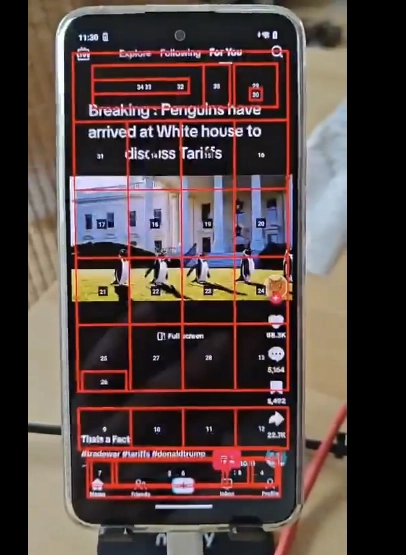
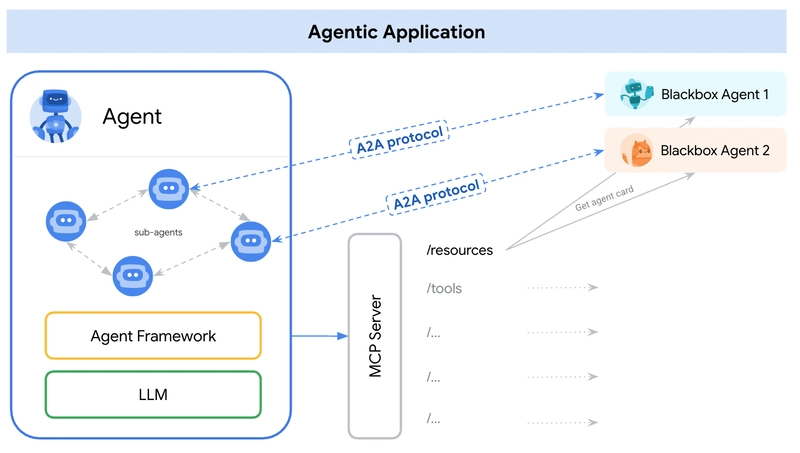

































































![Rogue Company Elite tier list of best characters [April 2025]](https://media.pocketgamer.com/artwork/na-33136-1657102075/rogue-company-ios-android-tier-cover.jpg?#)





























































































.webp?#)



































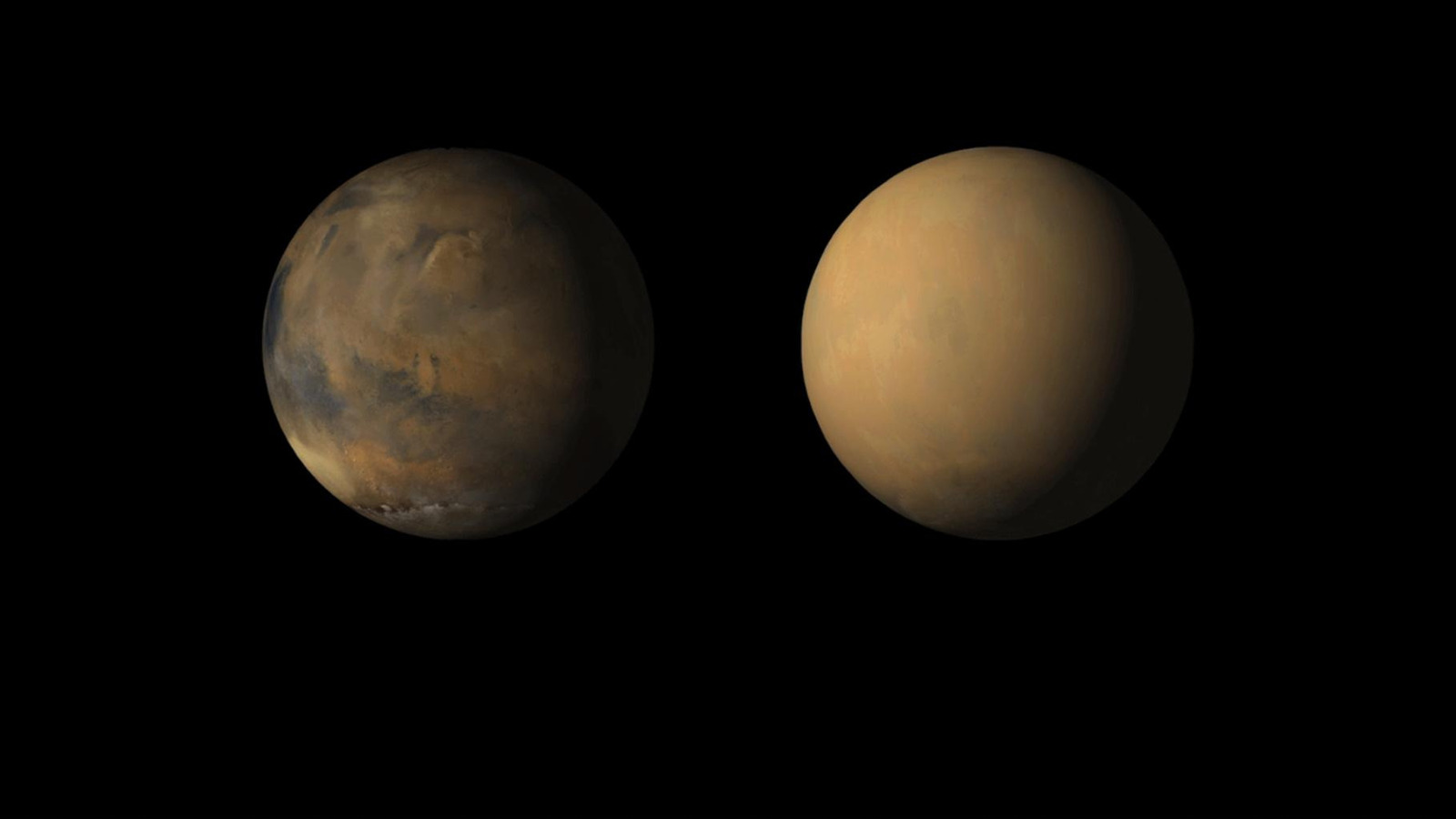











































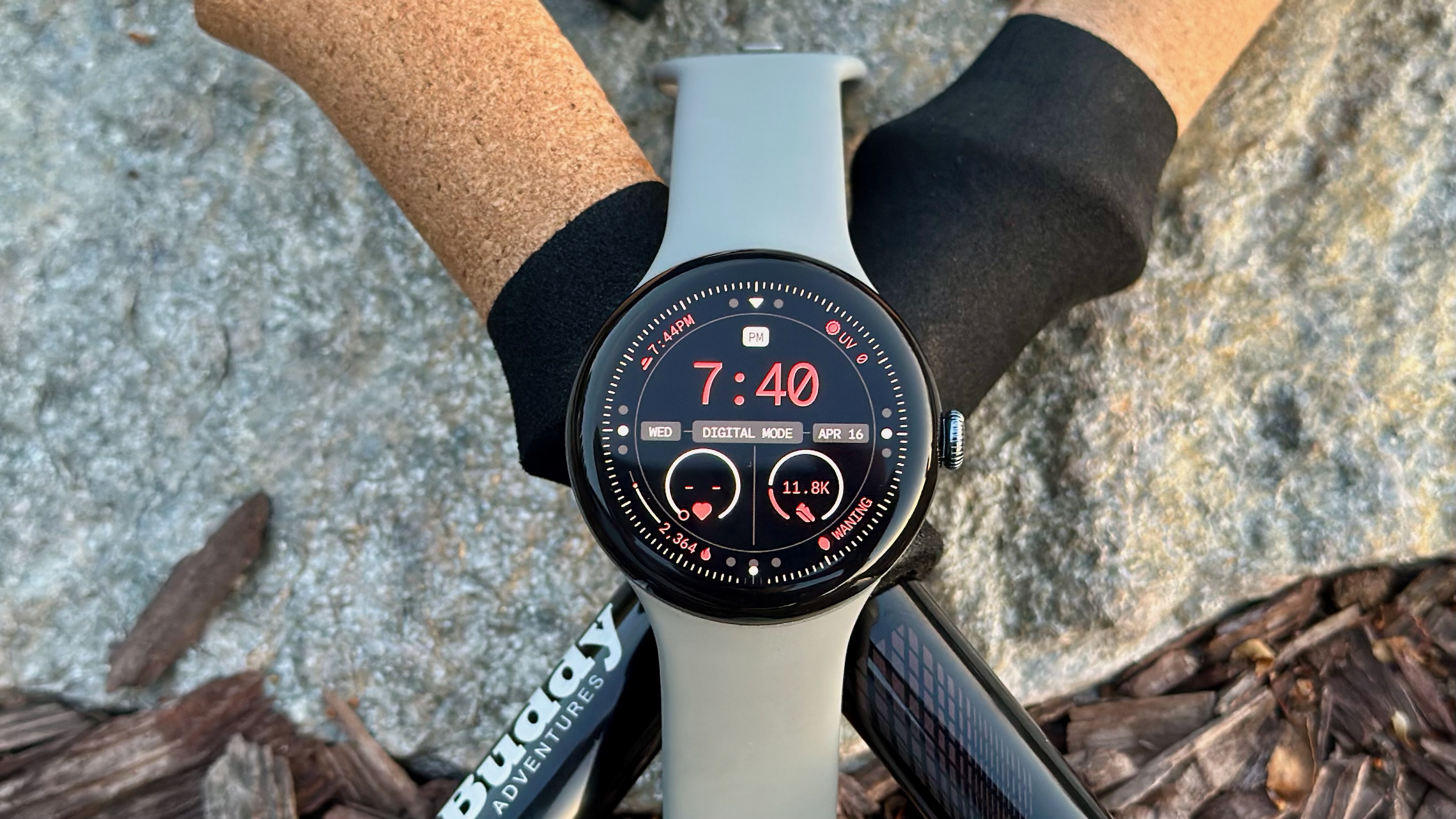



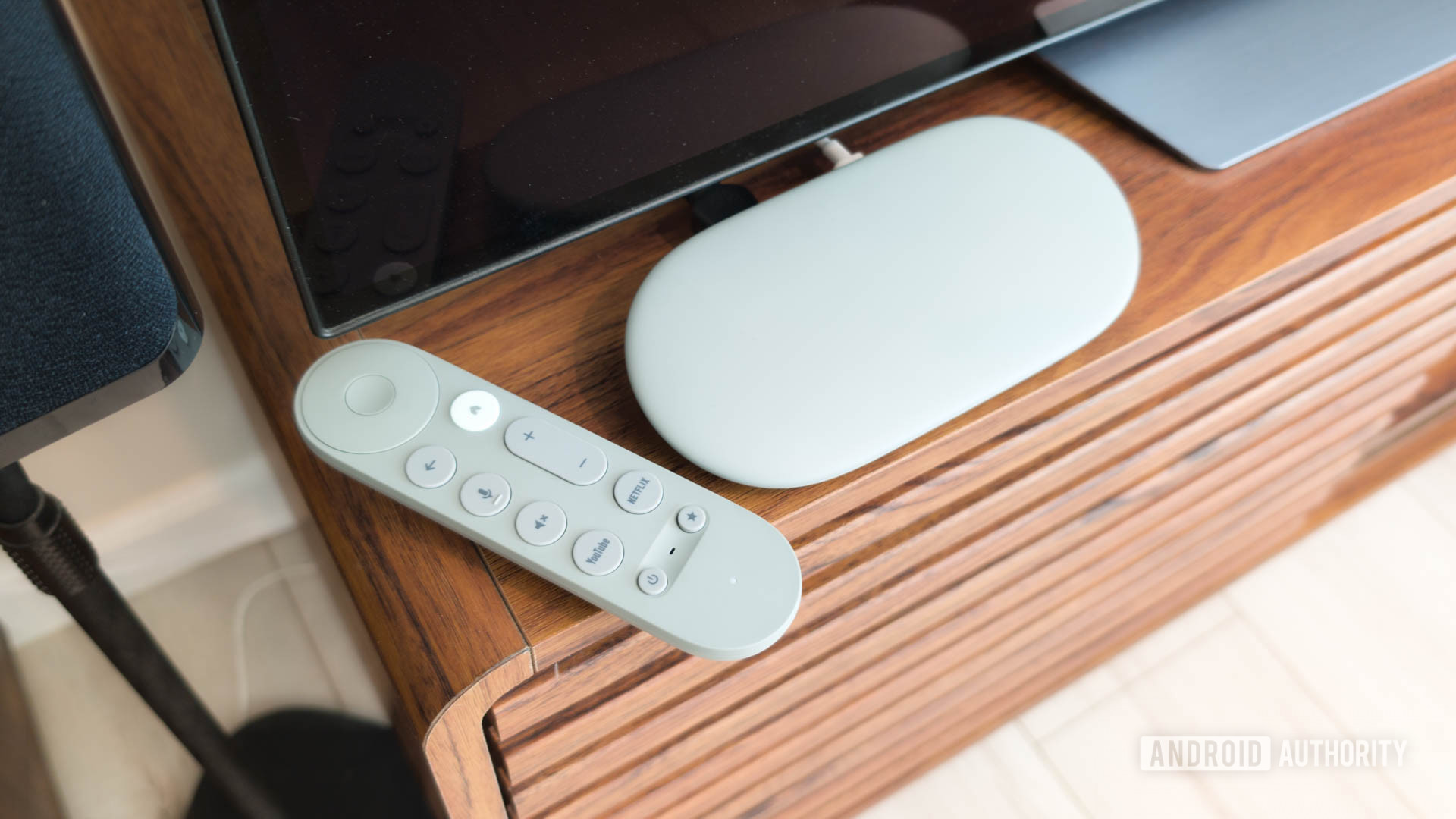







![Here’s the first live demo of Android XR on Google’s prototype smart glasses [Video]](https://i0.wp.com/9to5google.com/wp-content/uploads/sites/4/2025/04/google-android-xr-ted-glasses-demo-3.png?resize=1200%2C628&quality=82&strip=all&ssl=1)














![New Beats USB-C Charging Cables Now Available on Amazon [Video]](https://www.iclarified.com/images/news/97060/97060/97060-640.jpg)

![Apple M4 13-inch iPad Pro On Sale for $200 Off [Deal]](https://www.iclarified.com/images/news/97056/97056/97056-640.jpg)









































































